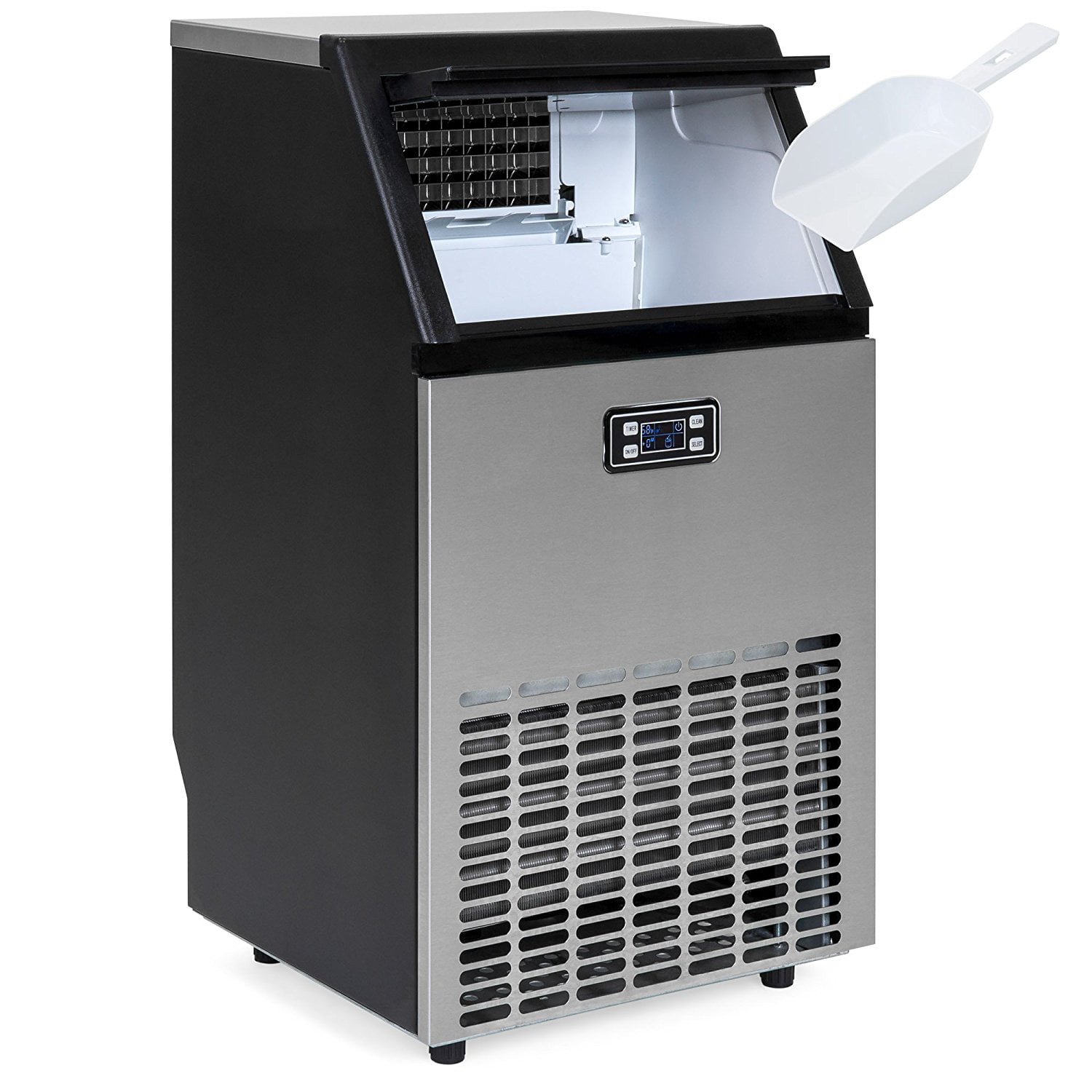

Fill-in Mode: Trace the perimeter of an area and Cobi 18 automatically fills in the interior.Teach and Repeat: Teach a route once for Cobi 18 to run independently.Side brushes and a hopper to help collect light debrisĬobi 18’s advanced AI (Artificial Intelligence) integrates data from a combination of different sensors to identify its surroundings and safely navigate around obstacles, even in challenging environments that include mirrors, glass, escalators, or bright sunlight.Ĭobi 18 is simple to initiate and operate.Minimal daily maintenance with a dual tank that is easy to empty, clean, and re-fill.Squeegee and optional dry mop attachment to help ensure dry floors.Compact and nimble, optimized for tighter spaces and “close to the edge” cleaning.“One charge, one fill” for 90 to 120 minutes of scrubbing.Sudo defaults write /Library/Preferences/SystemConfiguration/com.apple.“With its compact size suitable for any site, its intuitive interface made for any level of user, and our affordable subscription, implementing automation is now obtainable with ICE Cobotics.”Ĭobi 18 has been purposely designed to excel at scrubbing all types of hard floors. Sudo nano /private/etc/ist// No need for backup it will recreate incase any issues Sudo defaults write /Library/Preferences/SystemConfiguration/ NAT -dict-add SharingNetworkNumberStart Sudo cp /Library/Preferences/SystemConfiguration/ /Library/Preferences/SystemConfiguration/.orig // Backup just incase DHCP (Range, reservations, mask, router, lease time).Note: Someone please edit this to include only default commands Covered in this answer
#Icefloor machine mac
I realize it's possible I could answer this myself with enough study of the documentation and of networking in general, but the original reason for the question is because I'm used to setting up Apple Airport base station with the Airport utility and the original question is seeking something with that kind of clarity but for setting up a Mac instead of an Airport base station to do it.Īny of that make sense and can anyone help me, given all that extra info? Is that correct? And does it have included in its routing capabilities the functionality I'm looking for as described in the original question above (specifically, choice of DHCP range, DHCP reservations, and port forwarding)? I'm guessing you guys are pointing me to the pfctl firewall utility because it's one of those firewalls that has routing capabilities, meaning if I want to use it purely as a router and not use any of the firewall functionality, I will be able to do that. most perimeter firewalls also have routing capabilities (although that is not a requirement)." Under the Firewalls section it says "Unlike routers and switches, firewalls are network security appliances" and ". Still, I'm limited in my understanding of all this and it's possible this is what I want still because. However, pfctl seems to be a firewall not a router, and what I want is routing. Admittedly, I'd prefer a solution that doesn't require a virtual machine, and a solution that doesn't require command line stuff but further research has pointed me to IceFloor and Murus and a couple of other GUIs for pfctl. Update: Thanks to the two answers so far that have pointed me to the two pf based solutions.

#Icefloor machine software
MacOS Server has a DHCP server and other services, but none of them actually share the mac's internet connection in any way, nor can they be used to control or add those features to the native macOS's internet sharing feature mentioned above.Īre there any software tools, Apple or third party, that can do what internet sharing does (share my mac's internet connection out over one or more other network interfaces), but with the kind of additional features listed above? However, the feature set is VERY limited. I know I can use internet sharing in macOS to share the internet connection provided to one network interface over one or more other network interfaces on my Mac.


 0 kommentar(er)
0 kommentar(er)
